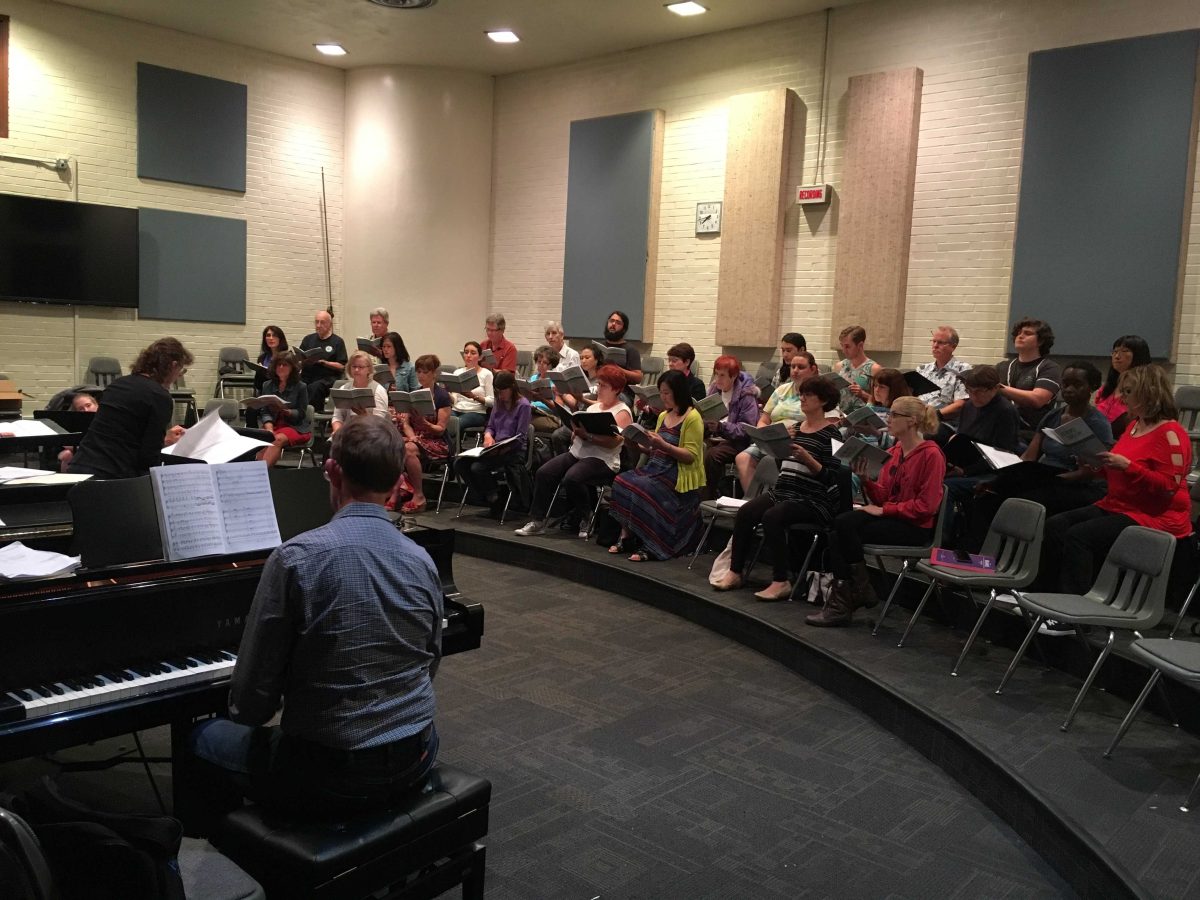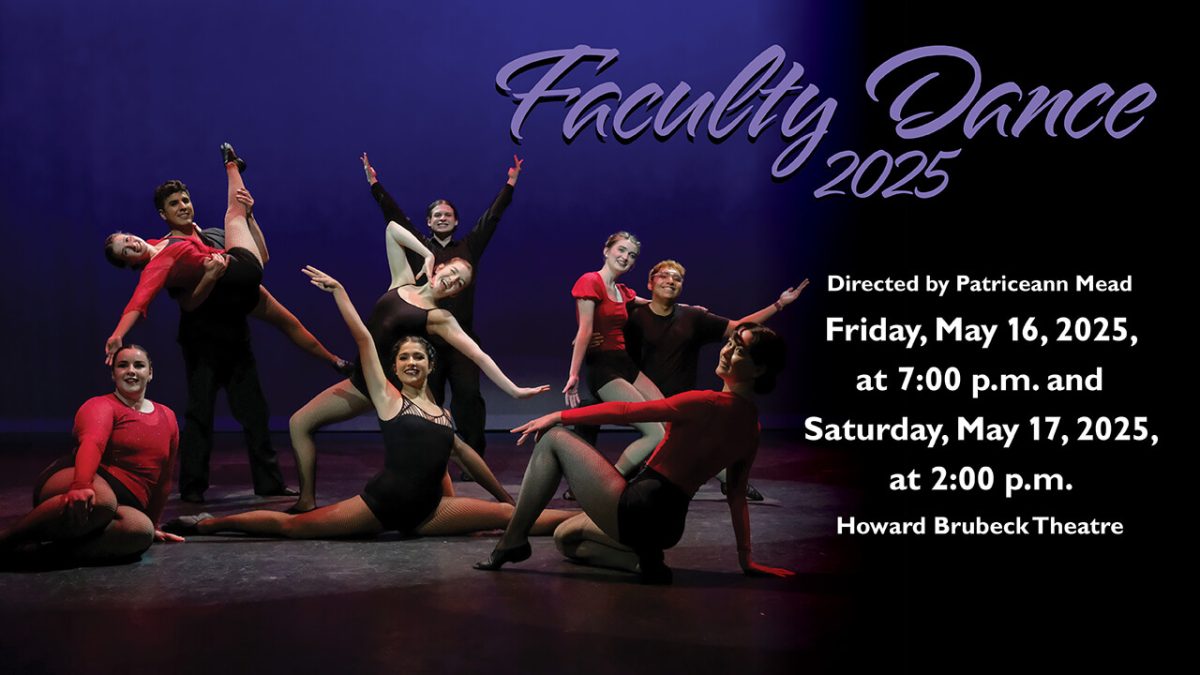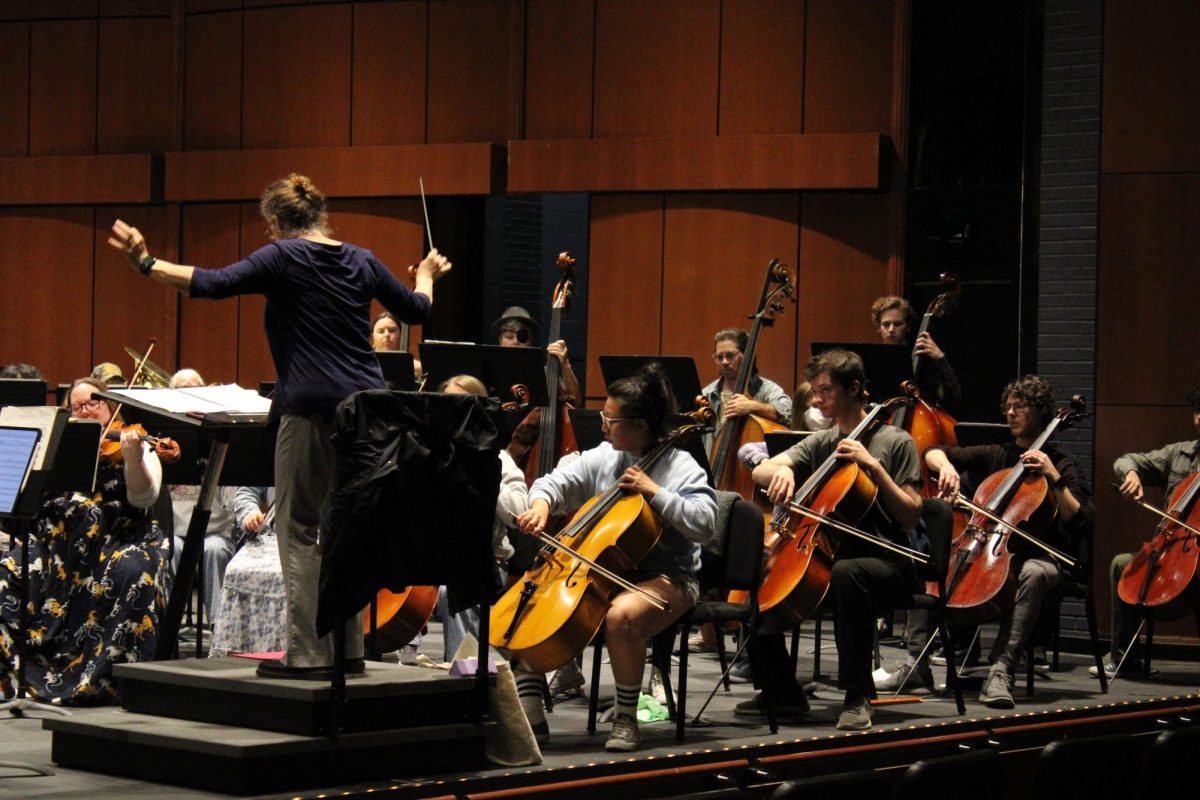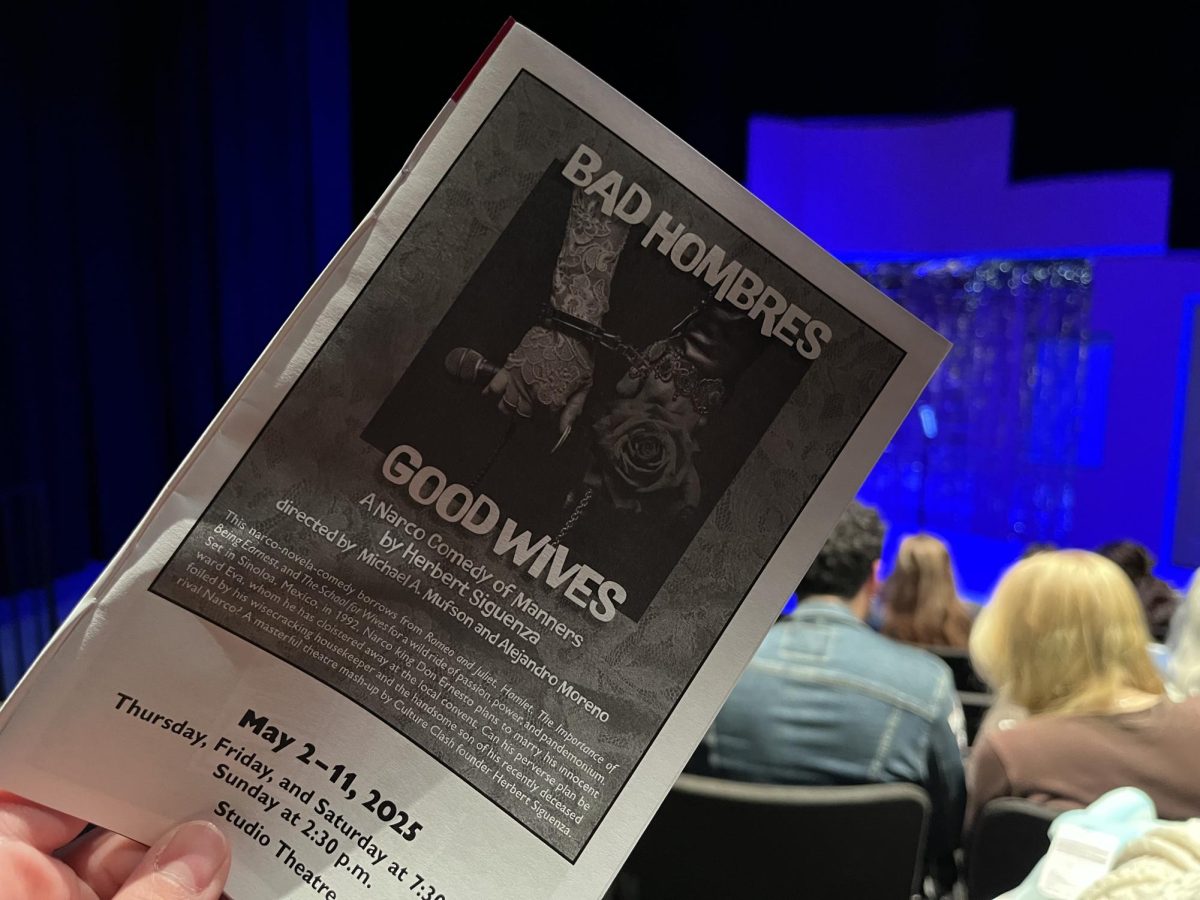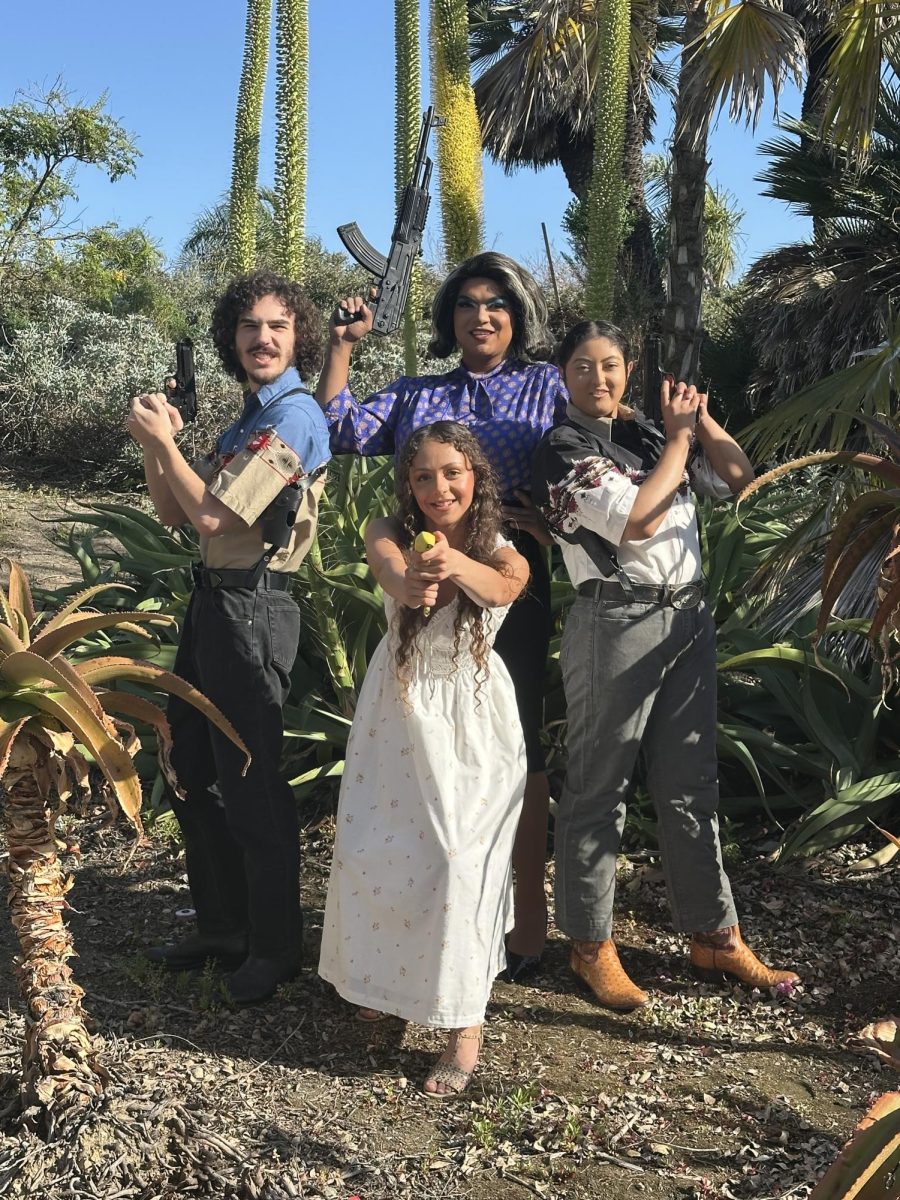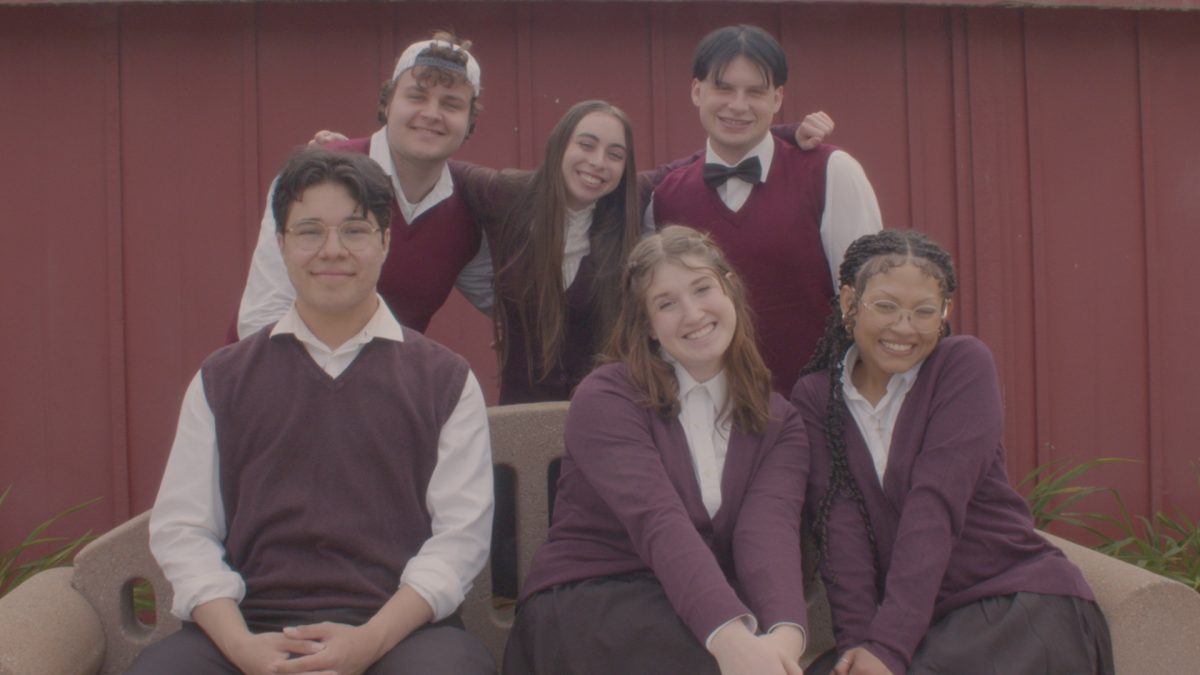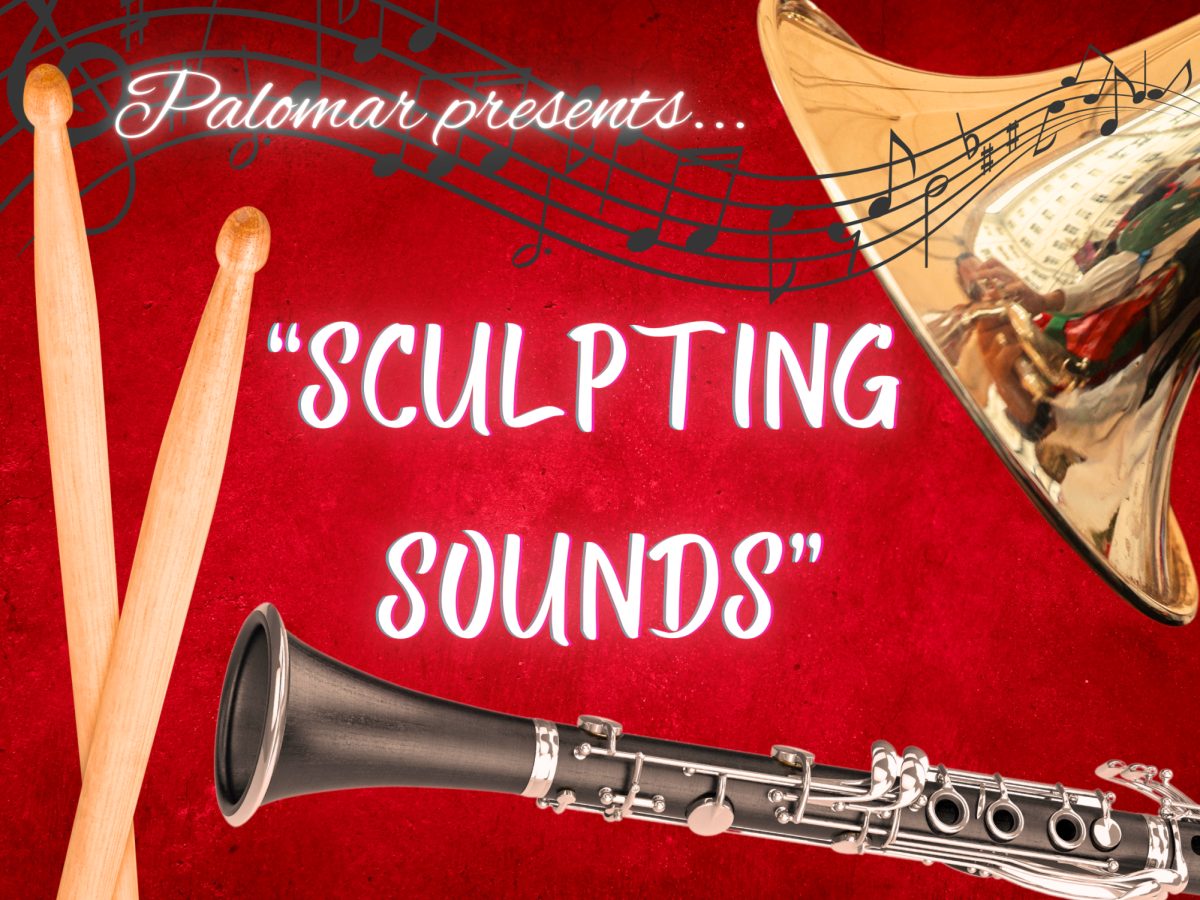Palomar colleges spring spectacular put the audience of the Howard Brubeck Theatre in a trance for well over an hour with music from the 19th and 20th century.
The prelude by the Fortissimo Orchestra was a grand and warm introduction into music of the romantic period. The strings and woodwinds jousted and swirled about trading melodies and movements through the air.
“I thought it was fantastic, the kids in particular, it was inspiring to see the little kids starting their musical journey early” said Steven Beason.
The combined Palomar Symphony Orchestra, the Palomar Chorale, the Palomar Chamber Singers and the Miracosta Masterworks Chorale all combined onstage for the main event.
The first selection was Shostakovich was a brassy homage to the Russian revolutionary spirit. It is a brilliantly racy but conventional overture that was conducted gracefully by Dr. Ellen Weller.
Josef Brahms 19th century “Shicskalslied”, an orchestral accompanied choral setting conducted by Dr. John Russell played into theme of the show, which was change and commencement. Schicksalslied, which was based on a poem, compares humans who are constantly adrift like on the ocean, or, to the immortal Gods. The combined Chorale’s voices floated above the fluttering string progressions and glided along with the horn and flute compositions.
“I enjoyed it, the last time I’d done the Brahms was in college and I did it with the New York Philharmonic and I was a singer, not a horn player though” said French horn player for the Palomar Orchestra Ken Bell.
Next was a piece by Arnold Schoenberg (Summer Morning by a Lake).
Dr. Weller described it as a “disruption of the force (of tonality). With no apologies Schoenberg’s overlapping tones and unchanging harmonies create enchanting textures that were very hypnotic and revolutionary for the early 20th century.”
Finally Howard Hanson’s A Sea Symphony carried me away on a voyage across the universe. The cascading voices blended well with the rising and falling of the strings and percussion. The collaboration and coordination of the different instruments was exciting, at times I couldn’t place whether it was a horn or a piano playing.
Flutist Joseph Halcumb described his experience onstage “because I’m a flute player, there’s a lot of solo aspects to it which are fun, but it’s really nice when there is a duet between different instruments like the Obo or the clarinet.”
The tension created from the music that at times resembled thunderous percussion and furiously charging strings was resolved in the last stanza of the choir. The verses taken from a Walt Whitman Poem ends with a cadence of Joy! Shipmates, Joy! Halcumb praised the passion and hard work of his Professors.
He (Dr. Russell) was a really interesting professor to work with, and his style was a little different then Dr. Wellers, but its always good to get a different perspective on a piece.
Halcumb added, “Playing with a group, its just a little more spectacular because it’s a lot of work and its really fun getting the end result”.

